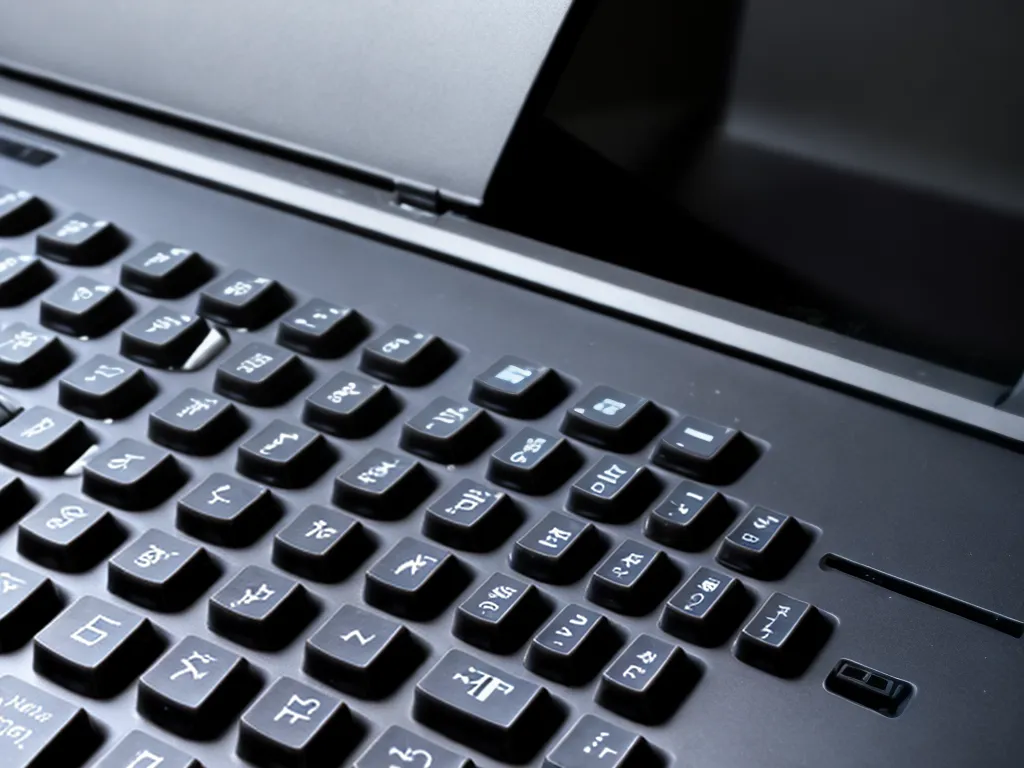

Fix Laptop Keyboard Not Working Issues – A Step-by-Step Guide
A non-functioning laptop keyboard can be frustrating. But don’t worry – with some troubleshooting, you can likely fix the issue yourself. Here is a comprehensive guide to resolving laptop keyboard problems:
Determine If It’s a Hardware or Software Issue
First, figure out whether the issue is hardware or software-related:
-
Hardware issue – Keys feel physically stuck/damaged, keyboard isn’t recognized at all, keyboard lights/buttons don’t work. Requires repair/replacement.
-
Software issue – Typing lags, keys type wrong characters, keyboard works inconsistently. Can often be fixed with software troubleshooting.
Try an external USB keyboard. If it works fine, the built-in keyboard likely has a hardware problem. If the external keyboard has the same issues, it’s a software problem.
Troubleshoot Software-Related Issues
If an external keyboard works properly, try these software fixes:
Update/Reinstall Drivers
- Update keyboard drivers from Device Manager.
- Uninstall then reinstall keyboard drivers.
Toggle Filter Keys
Filter Keys is an accessibility feature that can cause keyboard lag/misinputs if accidentally enabled. Toggle it off if on.
Check for Third-Party Conflicts
Uninstall any recently added keyboard customization software that could be conflicting.
Boot into Safe Mode
Boot into Windows Safe Mode to isolate software issues. If keyboard works here, a program/service is likely causing conflict.
System Restore
Do a System Restore to revert your system to an earlier state if keyboard problems started after a Windows update or software install.
Clean Install/Refresh Windows
Back up your data and do a clean OS reinstall or Refresh Windows if keyboard problems persist in Safe Mode.
Fix Hardware-Related Keyboard Issues
If an external keyboard works fine, the problem is with your built-in keyboard hardware:
Check for Physical Damage
Inspect your laptop for any physical damage to the keyboard area. Look for jammed/stuck keys, loose keycaps, or spilled liquid.
Try Reseating Connections
If no physical damage, reseat the keyboard cable connections internally. Power off, remove battery, unplug cables, plug back in firmly.
Replace Keyboard
If reseating didn’t help, you likely need a new keyboard. Search for a replacement keyboard specific to your laptop model and follow installation guides.
Use External Keyboard
If replacement isn’t an option, use a plug-in USB keyboard instead. Many are compact and portable.
Prevent Future Keyboard Issues
Here are some tips to avoid laptop keyboard problems down the road:
- Be gentle when typing to prevent keycap damage.
- Keep liquids away from laptops to prevent spills inside.
- Install keyboard protector covers if in an environment with lots of dust/debris.
- Update drivers/OS regularly to prevent software conflicts.
- Refrain from haphazardly installing unnecessary software that could cause issues.
With some dedicated troubleshooting, you can likely resolve your laptop’s keyboard problems. But if issues persist after trying all solutions, take your device to a repair technician for professional help.












